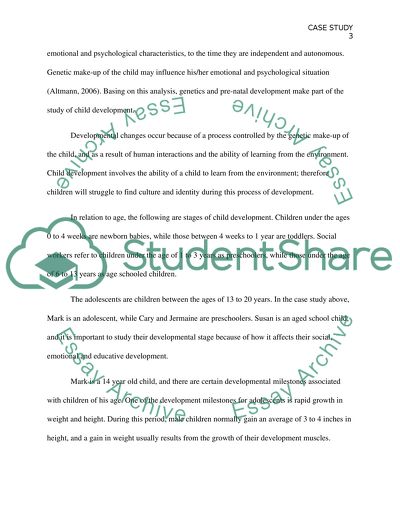Cite this document
(“Integrated Case Study: 13 Cherry Blossom Street Essay”, n.d.)
Retrieved from https://studentshare.org/health-sciences-medicine/1607231-integrated-case-study-13-cherry-blossom-street
Retrieved from https://studentshare.org/health-sciences-medicine/1607231-integrated-case-study-13-cherry-blossom-street
(Integrated Case Study: 13 Cherry Blossom Street Essay)
https://studentshare.org/health-sciences-medicine/1607231-integrated-case-study-13-cherry-blossom-street.
https://studentshare.org/health-sciences-medicine/1607231-integrated-case-study-13-cherry-blossom-street.
“Integrated Case Study: 13 Cherry Blossom Street Essay”, n.d. https://studentshare.org/health-sciences-medicine/1607231-integrated-case-study-13-cherry-blossom-street.


